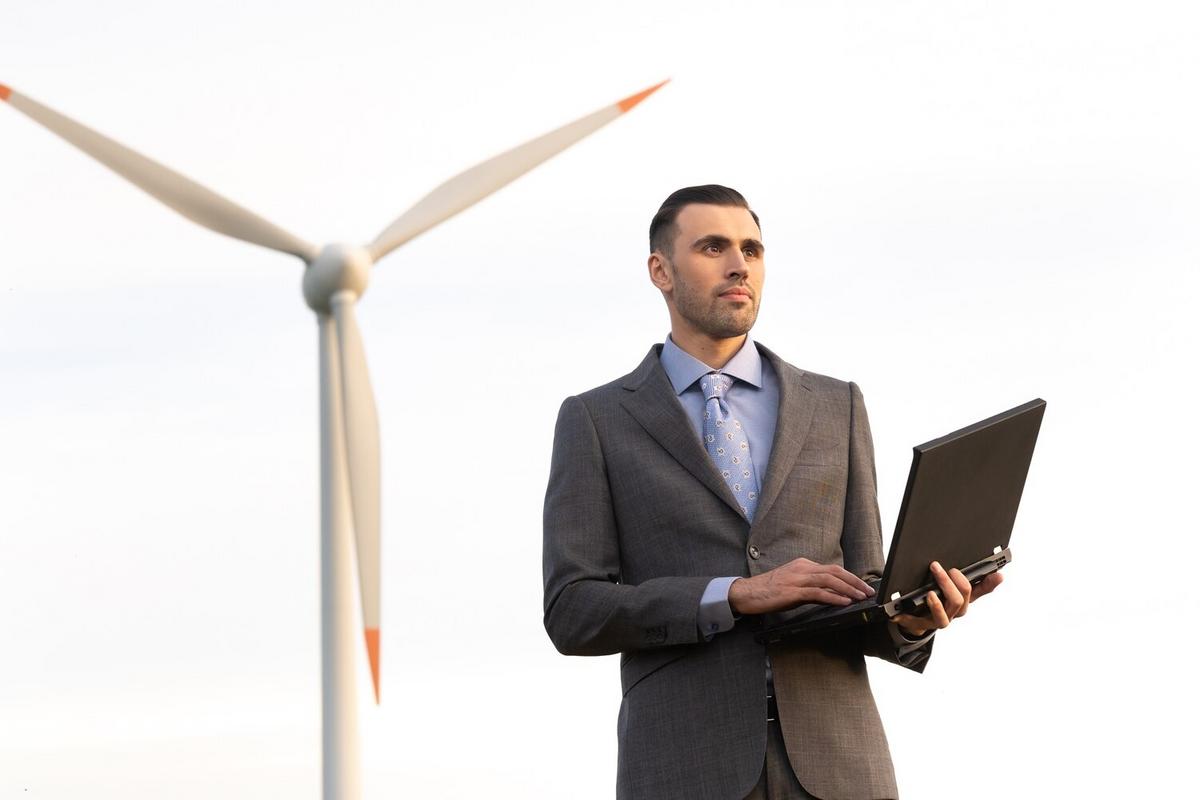
Wind Energy Developments in the Next Decade
As the world increasingly turns its attention to sustainable energy solutions, wind energy stands out as a promising frontier for the coming decade. With advancements in technology and growing investments, the next ten years are poised to bring significant developments in the wind energy sector.
The Future of Wind Energy
Wind energy has seen remarkable growth over the past few years. According to the Global Wind Energy Council, global wind power capacity could reach over 800 gigawatts by 2030. This growth is fueled by technological innovations and policy support from governments worldwide.
Technological Advancements
One of the key drivers of wind energy development is technological innovation. Offshore wind farms are becoming more prevalent due to their ability to harness stronger and more consistent winds. Floating wind turbines, in particular, are a breakthrough, allowing installations in deeper waters where wind speeds are higher.
“The advancement of floating wind turbine technology is a game-changer for the industry,” says Michael Liebreich, founder of Bloomberg New Energy Finance.
Economic Impacts
Wind energy is not just an environmental imperative but also an economic opportunity. The International Renewable Energy Agency reports that the renewable energy sector, including wind, could support over 24 million jobs globally by 2030. This growth will be instrumental in driving economic recovery and sustainable development. A personal anecdote from an entrepreneur in the wind sector illustrates this point: “After transitioning my business to focus on wind energy solutions, we’ve seen a 50% increase in client interest and revenue within just two years.”
Challenges and Solutions
Despite its potential, wind energy faces challenges such as land use conflicts and wildlife impacts. However, innovations in turbine design and strategic site planning are mitigating these issues.
Comparative Analysis
| Aspect | Onshore Wind | Offshore Wind |
|---|---|---|
| Installation Cost | Lower | Higher |
| Energy Output | Moderate | High |
| Land Use | Significant | Minimal |
| Environmental Impact | Potentially Higher | Lower |
| Maintenance | Easier | Complex |
| Public Acceptance | Varies | Generally Higher |
| Scalability | Limited | High |
| Market Growth | Stable | Rising |
Actionable Steps for Individuals
- Support local wind energy projects through community initiatives.
- Advocate for policies that encourage renewable energy development.
- Stay informed about the latest advancements in wind energy technology.
FAQ
How efficient is wind energy compared to fossil fuels?
Wind energy is increasingly efficient, with modern turbines converting 45-50% of the wind’s kinetic energy into electricity, compared to coal plants’ 33% efficiency.
What are the environmental benefits of wind energy?
Wind energy reduces carbon emissions, decreases pollution, and conserves water compared to traditional power generation methods.
Can wind energy be stored?
Yes, excess wind energy can be stored using battery systems or converted into hydrogen for later use.
Conclusion
Wind energy developments in the next decade are set to revolutionize the renewable energy landscape. By embracing technological advancements and overcoming challenges, the sector can play a pivotal role in achieving global sustainability goals. As we move forward, individual and collective actions will be crucial in supporting this transition and ensuring a cleaner, greener future.


